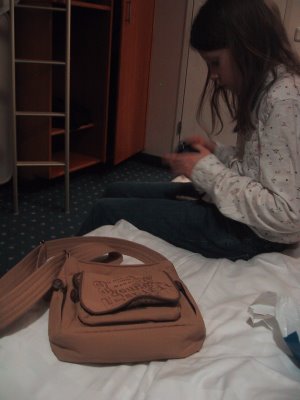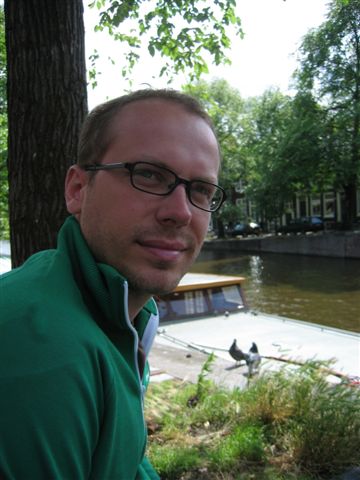I got inspired Ulla-Maaria's statements of handicrafts, and stated a similar manifest (draft) of the economy of everyday life.
THE ECONOMY OF EVERYDAY LIFE
- People are foremost practitioners of their everyday lives
- People want to maintain structures, and habits, and see many times technology and services as disruptive
- People also innovate their everyday life, and find it valuable to create new forms of living
- Companies can support their customers everyday life, but are not in most cases centralized, and important
- Companies take the everyday life of people as the starting point for their business, and aim to “normalize” themselves to fit into it.
- Current market logic is not adapted to serve the economy of everyday life.
- A market logic that takes practice of everyday life as the unit of analysis, and object for activities is needed.
- The economy of everyday life can be the basis for voluminous, stable and faster income, but also for more well-being and democracy.
This is only a draft and will now be tested, and hopefully discussed with you ; )



